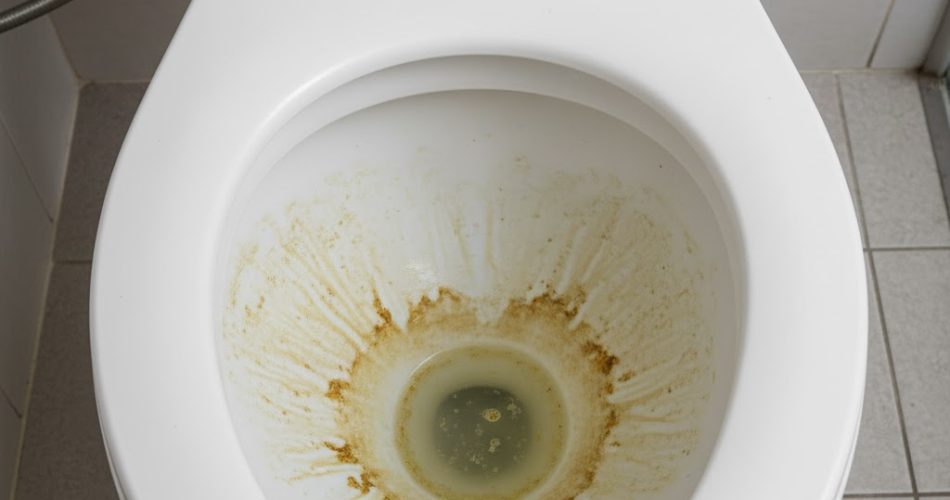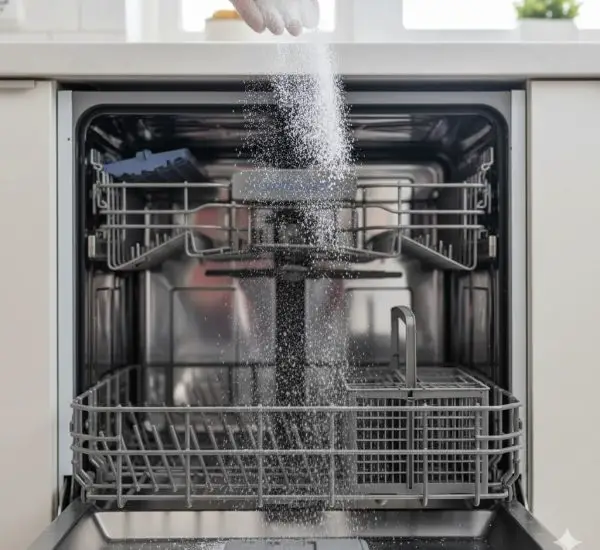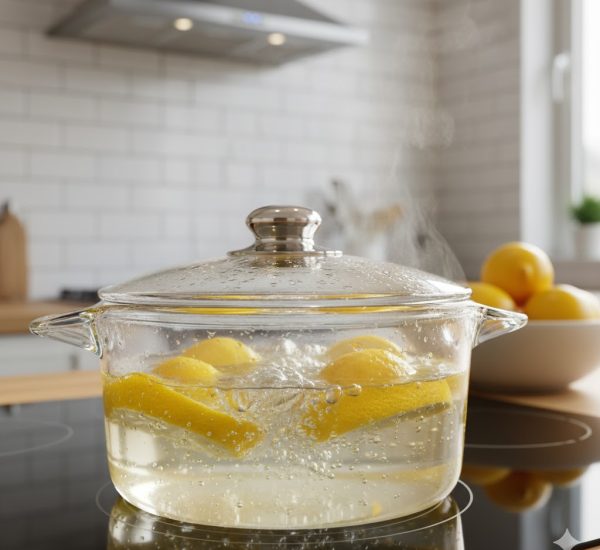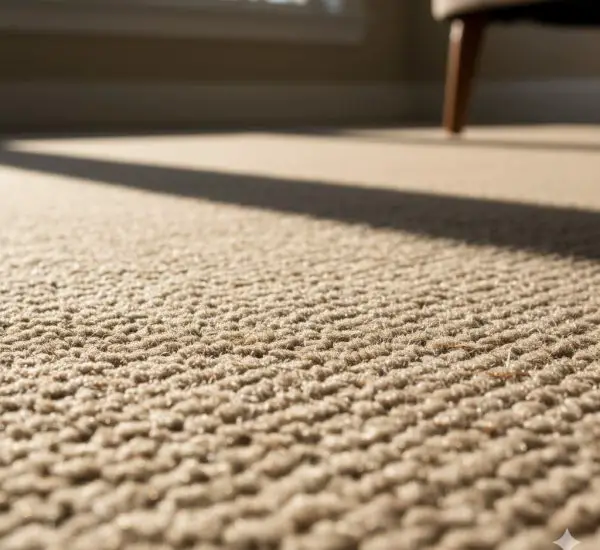Maintaining a clean bathroom is one of the most challenging tasks for homeowners, and one of the most common issues is the appearance of yellow or brown streaks in the toilet. These unsightly marks are not only visually unpleasant but can also give the impression that the bathroom is unhygienic. Understanding what causes these stains and how to remove them effectively is essential for keeping your bathroom sparkling and healthy.
Why Yellow and Brown Stains Appear
Bathrooms are naturally humid environments. The constant exposure to water and frequent use make them prone to dirt buildup, mold, and bacterial growth. If cleaning is irregular or superficial, these conditions can quickly lead to the formation of stains.
The yellow or brown streaks often seen in toilets are usually caused by water deposits, specifically minerals such as calcium, magnesium, and iron. While calcium deposits alone appear white, prolonged exposure to standing water can cause these deposits to oxidize and take on a yellowish or brownish tint. This can make your toilet look dirty even after regular flushing.
These stains can also form in other areas of the bathroom, such as along the edges of the bathtub, shower, or sink, wherever water tends to accumulate. Addressing them quickly prevents further buildup and keeps your bathroom hygienic and visually appealing.
Common Solutions and Their Limitations
Many people rely on commercial cleaning products to remove these stains. Supermarket cleaners often promise to whiten and disinfect, but they come with some drawbacks. They can emit strong, unpleasant odors, may require vigorous scrubbing, and sometimes fail to remove stubborn stains entirely. Additionally, harsh chemicals can damage delicate surfaces and are not environmentally friendly.
For those looking to avoid chemical cleaners, natural alternatives are often more effective, economical, and safe. One of the most trusted and versatile ingredients in household cleaning is baking soda.
Why Baking Soda Is Effective
Baking soda is a white powder commonly used in cooking, personal care, and cleaning. It has natural whitening, antiseptic, and deodorizing properties, making it an ideal ingredient for tackling bathroom stains. Its slightly abrasive texture allows it to gently scrub away deposits without scratching surfaces.
The chemical composition of baking soda also helps neutralize odors, disinfect surfaces, and break down mineral deposits that lead to yellow and brown streaks. Because of its versatility, it can be used not only for toilets but also for showers, bathtubs, sinks, and tiles.
How to Use Baking Soda to Remove Toilet Stains
Removing yellow and brown stains from the toilet with baking soda is simple and requires minimal effort. Follow these steps for the best results:
-
Identify the Stains: Look for yellow or brown streaks around the toilet bowl, particularly at the bottom or along the waterline. These areas tend to accumulate mineral deposits more quickly.
-
Apply Baking Soda: Sprinkle a generous amount of baking soda directly onto the stains. For deeper stains at the bottom of the toilet bowl, add approximately one cup of baking soda to the water.
-
Let It Sit: Close the toilet lid and allow the baking soda to sit overnight. During this time, the powder will work to soften the mineral deposits and stains, making them easier to remove.
-
Scrub Gently: The next morning, use a toilet brush to scrub the stains lightly. Thanks to the abrasive yet gentle nature of baking soda, the marks should come off with minimal effort.
-
Flush and Inspect: After scrubbing, flush the toilet to rinse away any residue. Inspect the bowl and repeat the process if necessary for stubborn stains.
This method is highly effective and eliminates the need for harsh chemical cleaners. It’s safe, affordable, and environmentally friendly.
Additional Tips for Preventing Stains
While removing existing stains is important, prevention is the best way to maintain a clean toilet and bathroom. Consider the following tips:
-
Regular Cleaning: Clean the toilet at least once or twice a week using baking soda or other gentle cleaning agents to prevent mineral buildup.
-
Water Softening: If your water is particularly hard, consider using a water softener to reduce calcium and mineral deposits.
-
Wipe Surfaces Dry: After using the sink, shower, or tub, wipe surfaces dry to prevent water from pooling and leaving stains.
-
Use Lemon Juice for Extra Whitening: Lemon juice can enhance cleaning. Its natural acidity helps dissolve mineral deposits and leaves a fresh scent. Sprinkle a little lemon juice over the stains before scrubbing for a brighter finish.
Other Applications in the Bathroom
Baking soda isn’t limited to toilet cleaning. You can use it on:
-
Shower walls and bathtubs: Apply a paste of baking soda and water to remove soap scum and mineral stains.
-
Sinks and faucets: Sprinkle baking soda, scrub gently, and rinse to restore shine.
-
Tiles and grout: Mix baking soda with a small amount of water or vinegar for a paste to tackle stubborn grout stains.
Using natural ingredients like baking soda not only makes cleaning safer but also helps maintain a healthy home environment, free from harsh chemical residues.
Conclusion
Yellow or brown streaks in the toilet are primarily caused by mineral deposits from water, which, if left untreated, can make your bathroom appear dirty and unhygienic. While commercial cleaners are an option, they often have drawbacks, including harsh odors, surface damage, and chemical exposure.
Baking soda offers a simple, natural, and highly effective solution. Its gentle abrasiveness, whitening properties, and deodorizing abilities make it ideal for removing stubborn stains from toilets, sinks, bathtubs, and other bathroom surfaces. By following a consistent cleaning routine and using baking soda, you can keep your toilet and bathroom spotless, fresh, and hygienic without relying on harsh chemicals.
Whether you’re tackling existing stains or preventing new ones, baking soda is an affordable, eco-friendly, and safe cleaning ally that should be a staple in every household.



